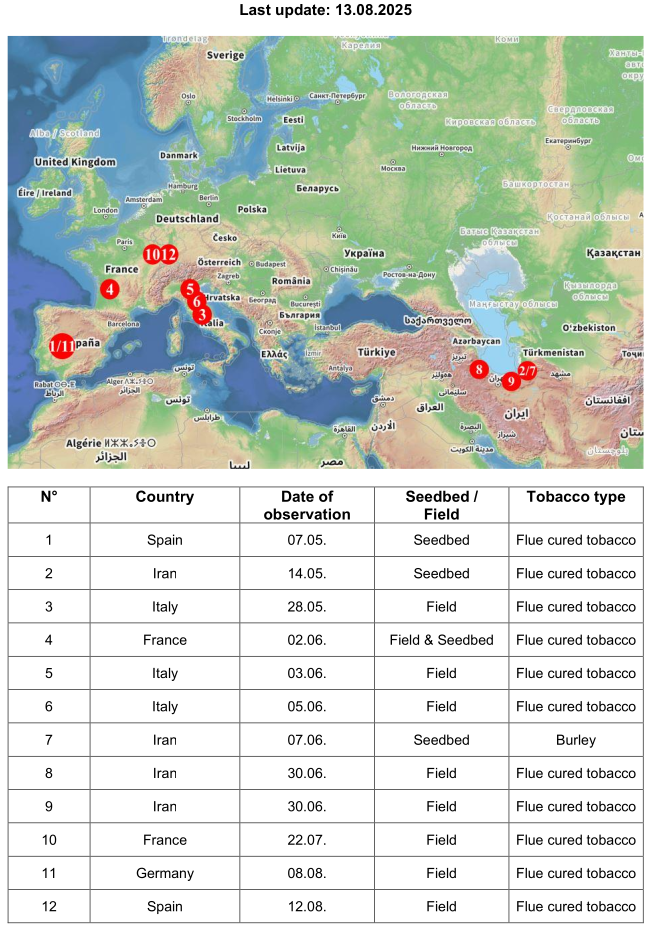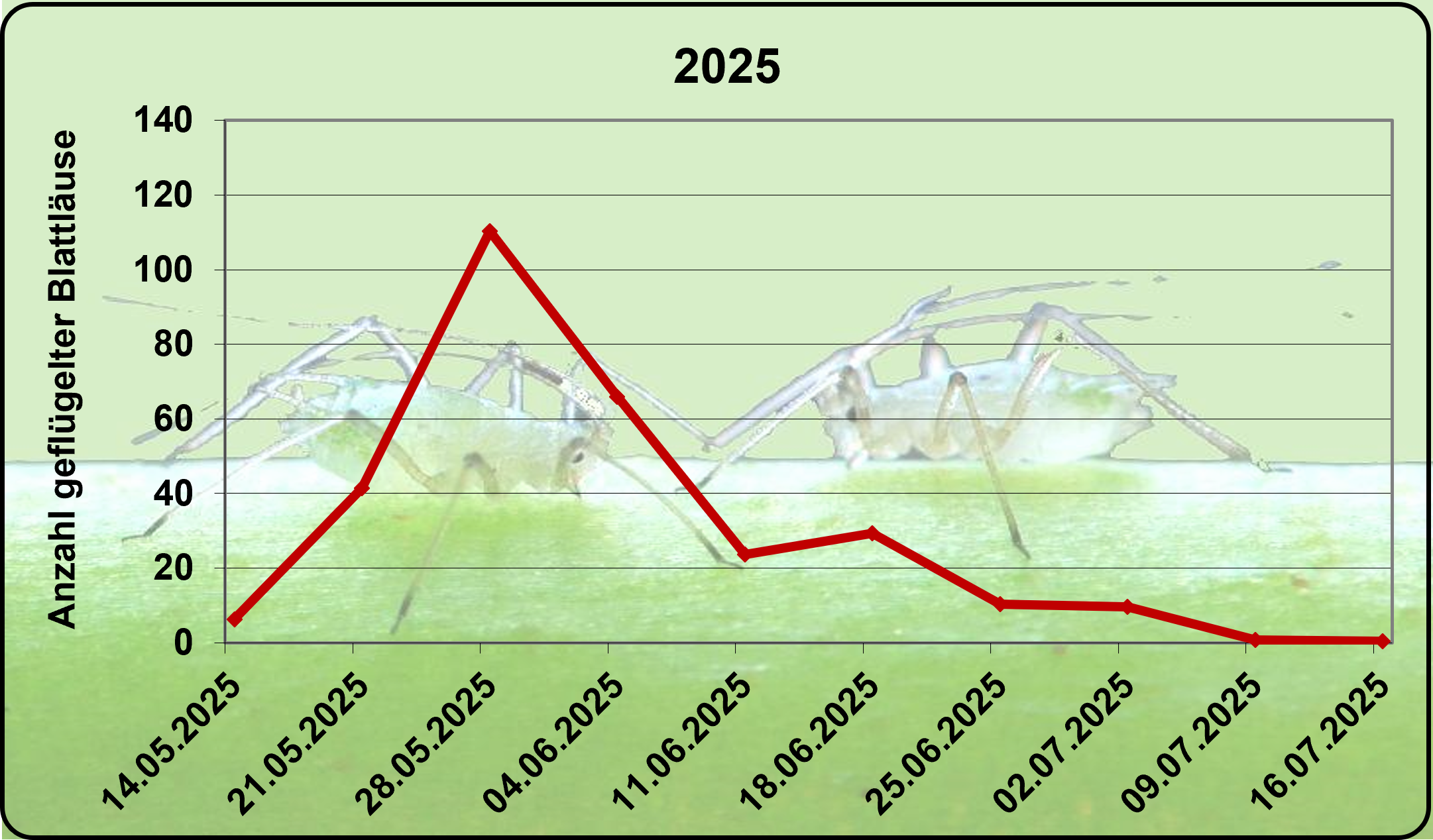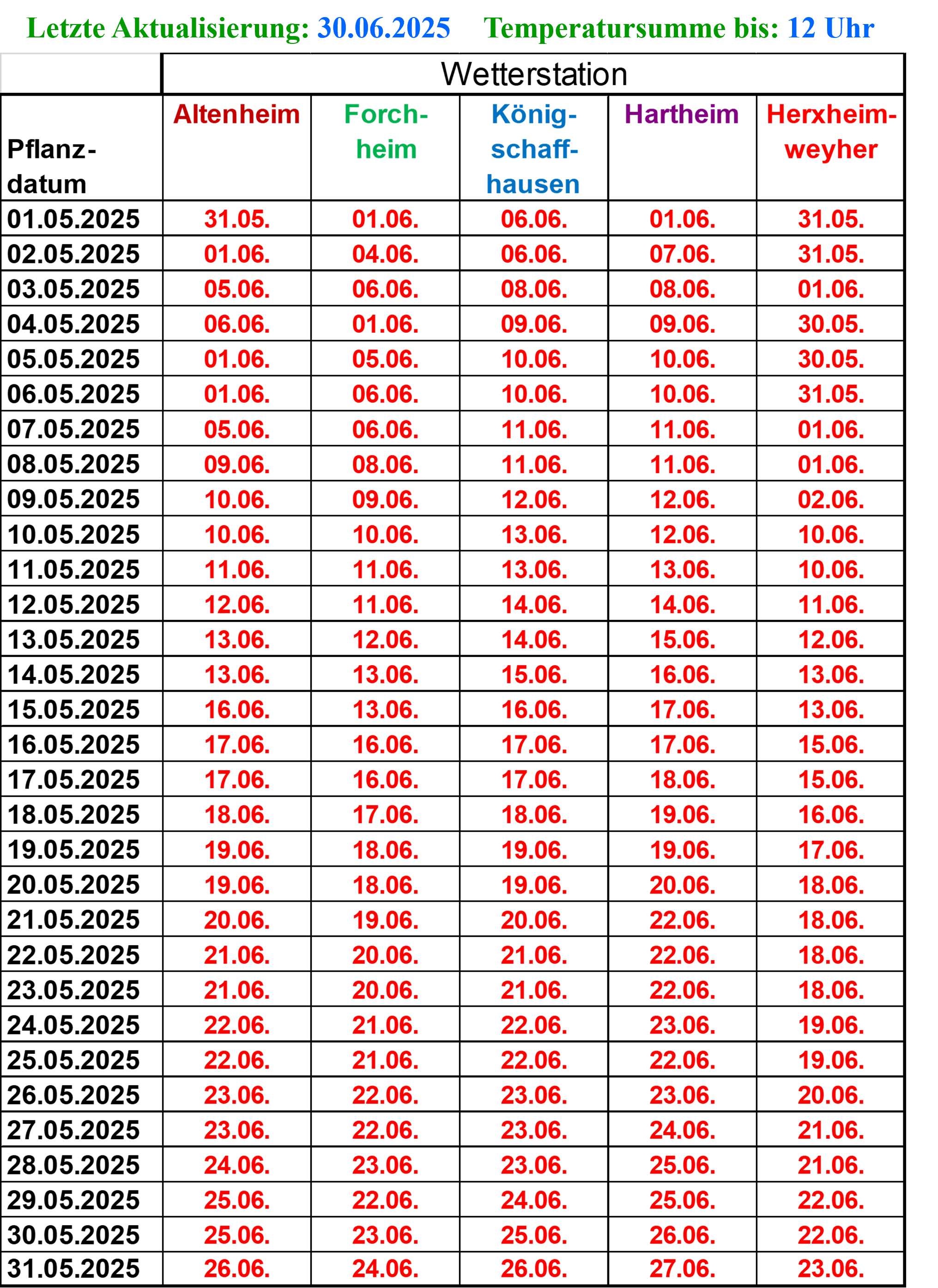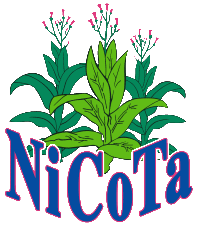Tobacco cultivation faces new challenges every year due to diseases and pests. Information services and monitoring allow farmers to use biological or chemical plant protection products in a targeted and cost-effective way. We provide a range of free information services and support sustainable tobacco cultivation.
Blue Mould Information Service
Blue mould (Peronospora hyoscyami f. sp. tabacina), a form of downy mildew fungus, is one of the most economically significant diseases affecting tobacco plants in Europe.
NiCoTa GmbH runs an information service which collects and publishes reports on blue mould from its network of experts. This network covers Europe and the Middle East, enabling the spread of the fungus to be tracked.
The information service begins with the first blue mould report each year and continues throughout the growing season.
NiCoTa is constantly endeavouring to expand its network. If you are interested in finding out more or getting involved, please send an email to

Aphid Monitoring
Aphids are direct pests of tobacco, causing leaf damage, and indirect pests, transmitting viral diseases. The extent of the damage caused by viruses is determined by the viral load, the time at which the plant becomes infected, and its tolerance. Potato virus Y (PVY) is typically transmitted from potato to tobacco and can cause tobacco leaf blight.
NiCoTa carries out an annual aphid monitoring programme at the Rheinstetten site, showing the number of winged aphids present. This involves evaluating sticky traps weekly from May to July.

Orobanche Information Service
Orobanche are fully parasitic flowering plants. Broomrape (Phelipanche ramosa) is a harmful plant in tobacco cultivation and causes considerable economic damage. It is difficult to control. One strategy involves treating the plants with growth inhibitors at the stage when the Orobanche connects onto the tobacco root (the tubercle stage).
For this purpose, a prediction model has been developed that utilises the temperature sum and the precipitation amounts.
NiCoTa uses this model to calculate the optimal treatment time based on the planting date. The model can be used for cultivation areas along the Upper Rhine.
The information service is offered during the planting season (May to July).





